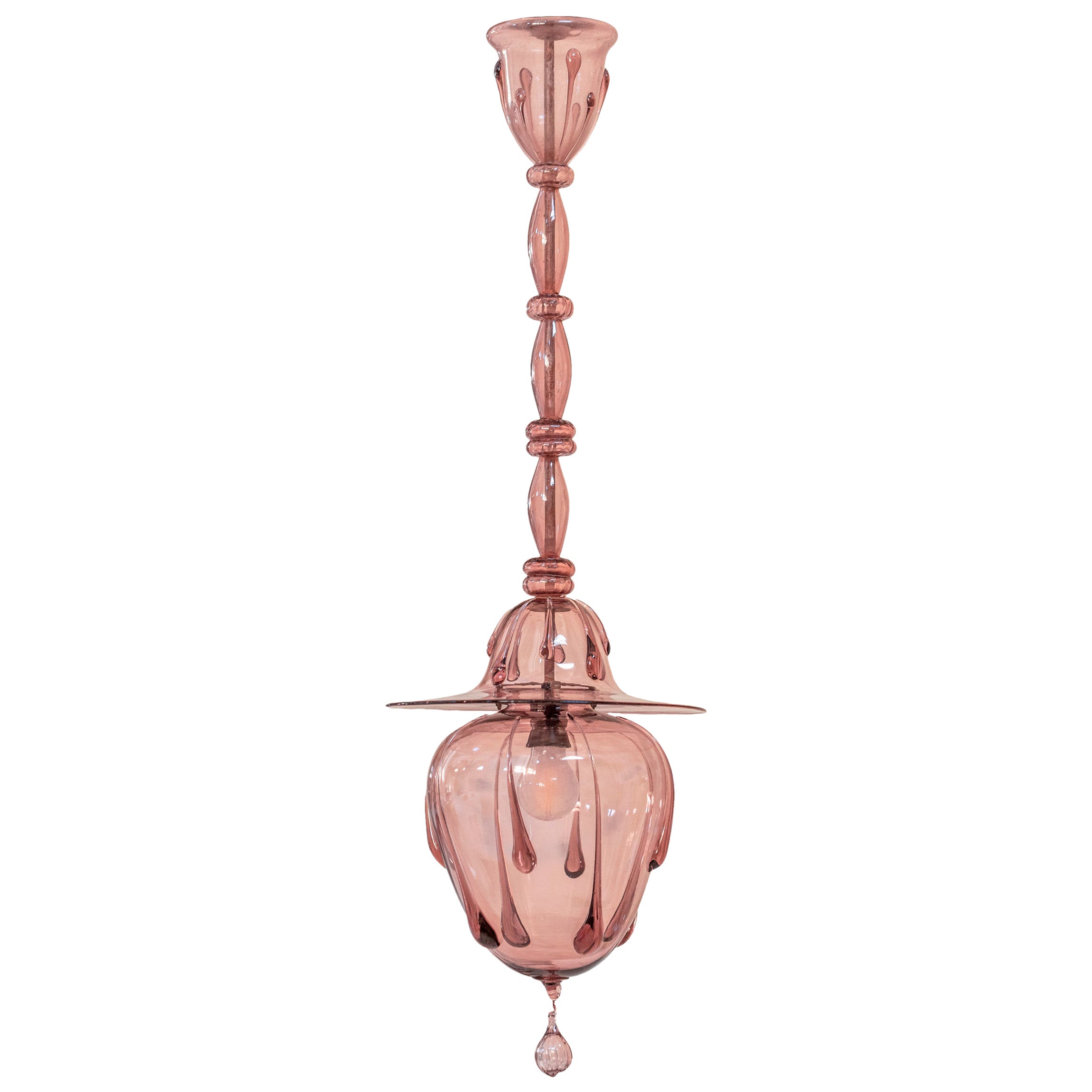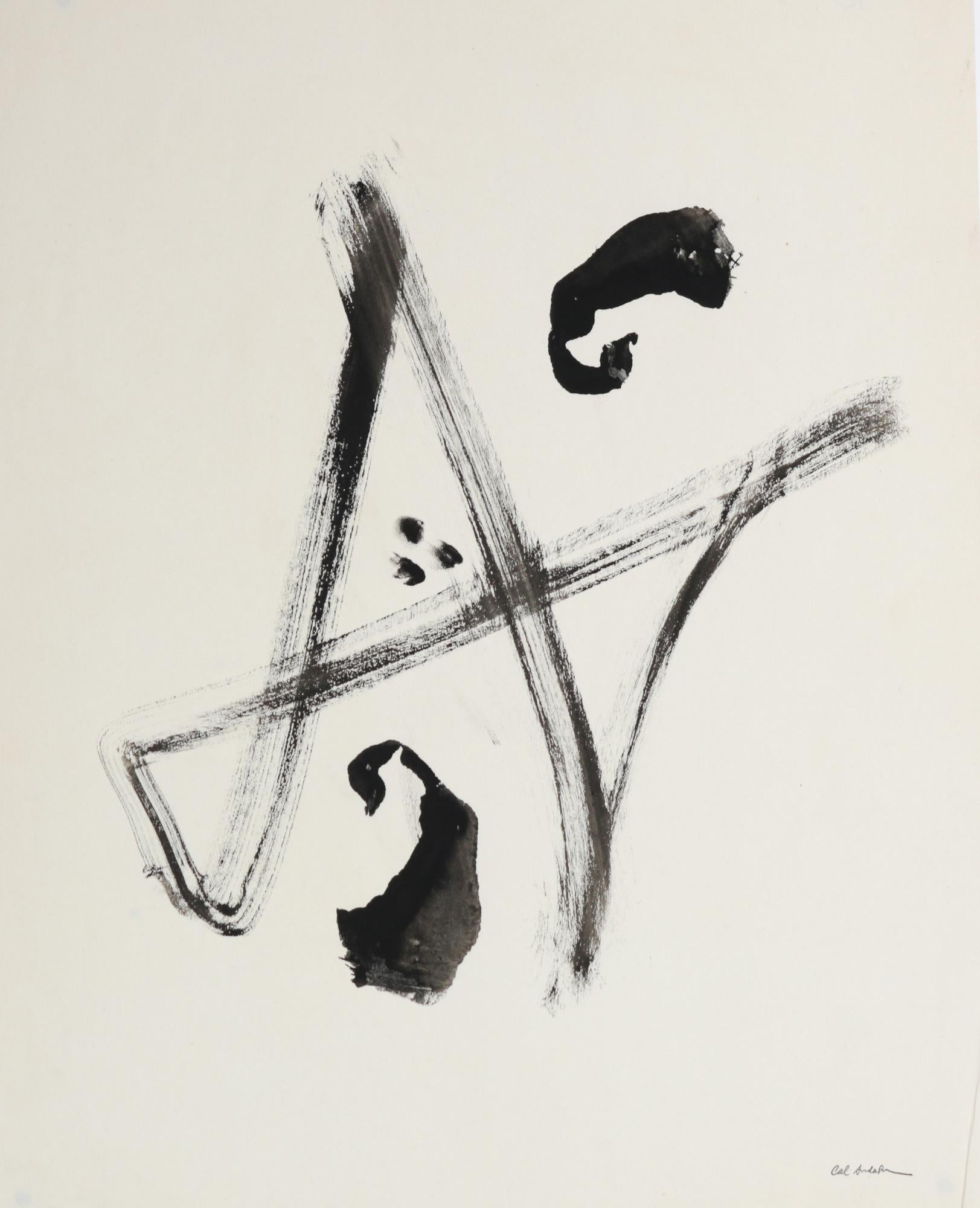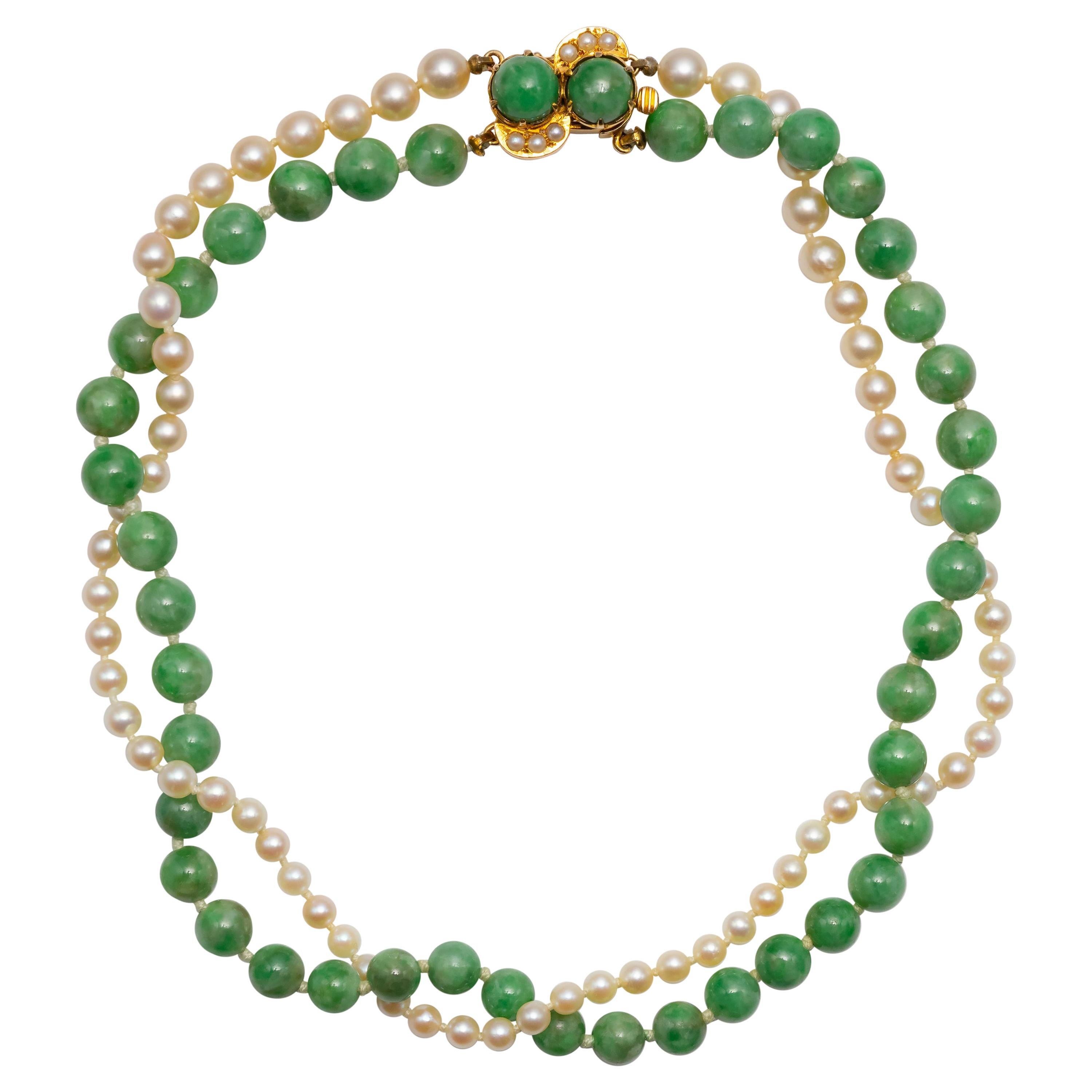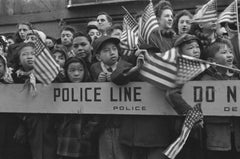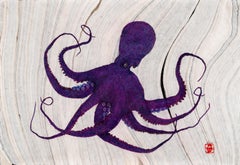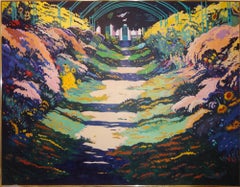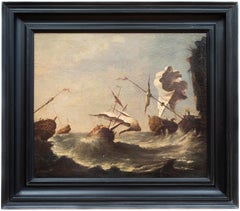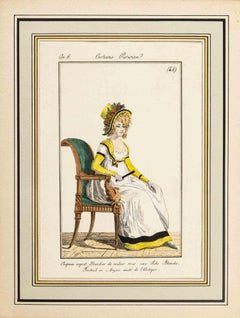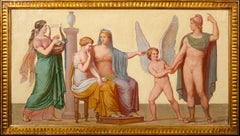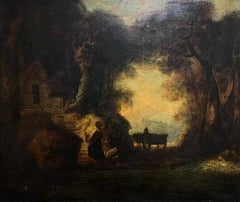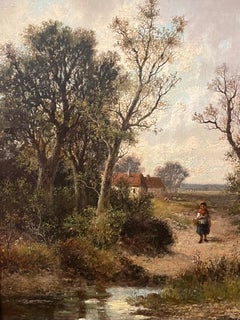Global Market
Global Bazaar
Uncover a hidden treasure from a faraway land in this curated collection.
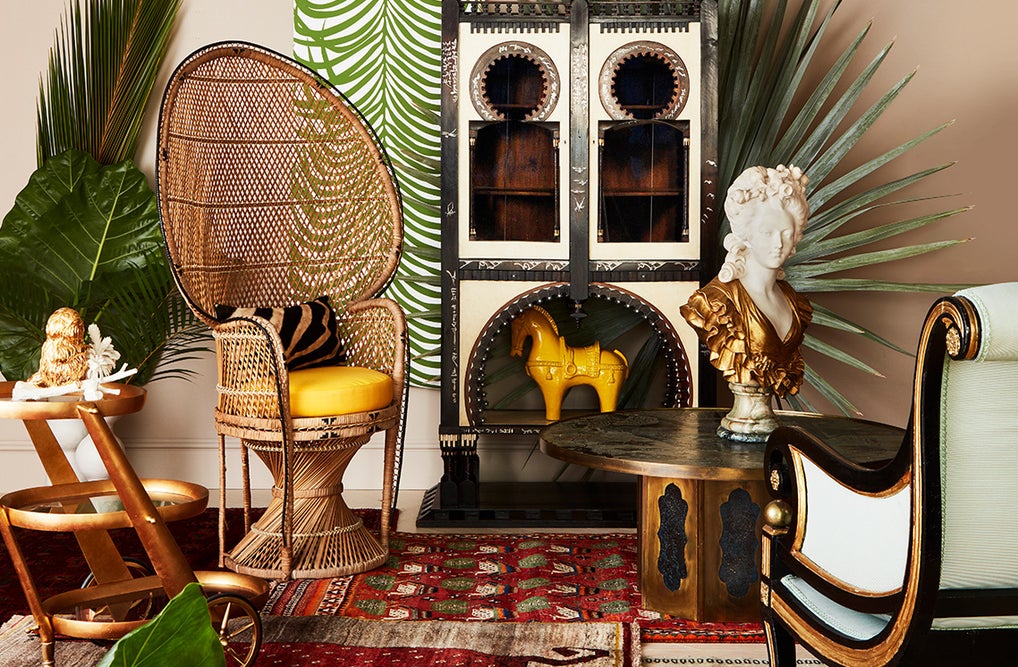
to
4
2
3
4
3
2
Overall Width
to
Overall Height
to
2
1
9
2
4
2
2
4
4
1
7
6
1
8
5
4
3
3
3
3
2
2
1
1
1
1
1
1
1
1
1
1
1
6
5
4
3
2
2
1
1
1
1
4
4
10
4
Kids with Flags
By Ruth Orkin
Located in Denton, TX
Open Edition
Blind stamp on print margin.
Signed by Estate, titled, dated and copyright date in pencil on artist stamp.
Paper size: 20 x 16 in.
Ruth Orkin (1921 - 1985) was an Ameri...
Category
20th Century Modern Global Market
Materials
Archival Pigment
Grape of Wrath - Gyotaku Style Japanese Sumi Ink Painting, Large Purple Octopus
By Jeff Conroy
Located in Chicago, IL
A Gyo-Tako print of large octopus is seen here in Jeff Conroy's work entitled "Grapes of Wrath". To achieve this remarkable painting, the artist inks...
Category
21st Century and Contemporary Contemporary Global Market
Materials
Sumi Ink, Watercolor, Mulberry Paper
Giverny Gardens (Monet's Garden), Monumental Painting
By Jon Carsman
Located in Long Island City, NY
Artist: Jon Carsman, American (1944 - 1987)
Title: Giverny Gardens
Year: 1984
Medium: Acrylic on Canvas, signed verso
Size: 72 in. x 96 in. (182.88 cm x 243.84 cm)
Category
1980s Contemporary Global Market
Materials
Acrylic
Shipping in Stormy Waters, Attributed to Italian Artist Francesco Guardi
By Francesco Guardi
Located in Stockholm, SE
The splendour of the tragic sea
Francesco Guardi and maritime painting in Venetian art
No Venetian painter was a stranger to the sea. After all, Venice was not only one of the most prominent ports of the Mediterranean, but indeed a city literally submerged in the ocean from time to time. Curiously however, the famous Venetian school of painting showed little interest in maritime motifs, favouring scenes from the iconic architecture of the city rather than seascapes. That is why this painting is a particularly interesting window into not only the painter Francesco Guardi himself – but to the significance of the element of water in art history, in absence as well as in the centre of attention.
Whether it be calm, sunny days with stunning views of the palaces alongside the canals of Venice or – more rarely – stormy shipwrecking tragedies at sea, water as a unifying element is integral to the works of painter Francesco Guardi (1712–1793). During his lifetime, Venetian art saw many of its greatest triumphs with names like Tiepolo or Canaletto gaining international recognition and firmly establishing Venice as one of the most vibrant artistic communities of Europe. While the city itself already in the 18th century was something of an early tourist spot where aristocrats and high society visited on their grand tour or travels, the artists too contributed to the fame and their work spread the image of Venice as the city of romance and leisure to an international audience, many of whom could never visit in person.
Still today, the iconic image of Venice with its whimsical array of palaces, churches and other historic buildings is much influenced by these artists, many of whom have stood the test of time like very well and remain some of the most beloved in all of art history. It was not primarily subtility, intellectual meanings or moral ideals that the Venetian art tried to capture; instead it was the sheer vibrancy of life and the fast-paced city with crumbling palaces and festive people that made this atmosphere so special. Of course, Venice could count painters in most genres among its residents, from portraiture to religious motifs, history painting and much else. Still, it is the Vedutas and views of the city that seems to have etched itself into our memory more than anything else, not least in the tradition of Canaletto who was perhaps the undisputed master of all Venetian painters.
Born into his profession, Francesco lived and breathed painting all his life. His father, the painter Domenico Guardi (1678–1716) died when Francesco was just a small child, yet both he and his brothers Niccolò and Gian Antonio continued in their fathers’ footsteps. The Guardi family belonged to the nobility and originated from the mountainous area of Trentino, not far from the Alps. The brothers worked together on more challenging commissions and supported each other in the manner typical of family workshops or networks of artists. Their sister Maria Cecilia married no other than the artist Giovanni Battista Tiepolo himself, linking the family to the most renowned Venetian name of the time. During almost a decade, Guardi worked in the studio of Michele Giovanni Marieschi, sometimes simply known as Michiel, a painted similar in both style and motif. Canaletto is, however, the artist Guardi is most often compared to since they shared a mutual fascination for depicting the architecture and cityscape of Venice.
During the course of his career, Guardi tried his hand in many different genres. He was as swift in painting landscapes, Vedutas of Venice, sacred motifs, interiors and architectural compositions as he was in a number of other motifs. His style is typical of the Venetian school but also distinct and personal once we look a little closer. There is an absolute certainty in the composition, the choice of which sometimes feels like that of a carefully calculated photograph – yet it is also very painterly, in the best sense of the word: fluid, bold, sensitive and full of character. The brushwork is rapid, intense, seemingly careless and extraordinarily minute at the same time; fresh and planned in a very enjoyable mixture. His interiors often capture the breath-taking spacious glamour of the palaces and all their exquisite decor. He usually constructed the motif through remarkably simple, almost spontaneous yet intuitively precise strokes and shapes. The result was a festive, high-spirited atmospheric quality, far away from the sterile and exact likeness that other painters fell victim to when trying to copy Canaletto.
The painting here has nothing of the city of Venice in it. On the contrary, we seem to be transported far away into the solitary ocean, with no architecture, nothing to hold on to – only the roaring sea and the dangerous cliffs upon which the ships are just moments away from being crushed upon. It is a maritime composition evoking both Flemish and Italian precursors, in the proud tradition of maritime painting that for centuries formed a crucial part of our visual culture.
This genre of painting is today curiously overlooked, compared to how esteemed and meaningful it was when our relationship to the sea was far more natural than it is today. When both people and goods travelled by water, and many nations and cities – Venice among them – depended entirely on sea fare, the existential connection to the ocean was much more natural and integrated into the imagination. The schools and traditions of maritime art are as manifold as there are countries connected to the sea, and all reflect the need to process the dangers and wonders of the ocean.
It could symbolize opportunity, the exciting prospects of a new countries and adventures, prospering trade, beautiful scenery as well as war and tragedy, loss of life, danger and doom. To say that water is ambivalent in nature is an understatement, and these many layers were something that artists explored in the most wondrous ways. Perhaps it takes a bit more time for the modern eye to identify the different nuances and qualities of historic maritime paintings, they may on first impression seem hard to differentiate from each other. But when allowing these motifs to unfold and tell stories of the sea in both fiction and reality – or somewhere in between – we are awarded with an understanding of how the oceans truly built our world.
In Guardi’s interpretation, we see an almost theatrically arranged shipwrecking scene. No less than five ships are depicted right in the moment of utter disaster. Caught in a violent storm, the waves have driven them to a shore of sharp cliffs and if not swallowed by the waves, crushing against the cliffs seems to be the only outcome. The large wooden ships are impressively decorated with elaborate sculpture, and in fact relics already during Guardi’s lifetime. They are in fact typical of Dutch and Flemish 17th century ships, giving us a clue to where he got the inspiration from. Guardi must have seen examples of Flemish maritime art, that made him curious about these particular motifs. One is reminded of Flemish painters like Willem van de Velde and Ludolf Backhuysen, and this very painting has indeed been mistakenly attributed to Matthieu van Plattenberg...
Category
18th Century Old Masters Global Market
Materials
Canvas, Oil
Chapeau Coquet - Etching by Philibert-Louis Debucourt - 1797
By Philibert-Louis Debucourt
Located in Roma, IT
Chapeau Coquet is an Original Etching Hand Watercolored series "Costumes Parisiens" published in 1797 by the Journald des Dames et des Modes".
Cost...
Category
19th Century Modern Global Market
Materials
Watercolor, Etching
The Roman Gods In An Allegory Of Love, 18th Century Italian School
Located in Blackwater, GB
The Roman Gods In An Allegory Of Love, 18th Century
Italian School
Large 18th Century Italian School "Allegory of Love" in a panorama of Roman Gods, o...
Category
18th Century Global Market
Materials
Canvas, Oil
1988 Cindy Sherman 'Laurie Simmons & Cindy Sherman - Parco Gallery'
By Cindy Sherman
Located in Brooklyn, NY
Paper Size: 33 x 23.5 inches ( 83.82 x 59.69 cm )?Image Size: 33 x 23.5 inches ( 83.82 x 59.69 cm )?Framed: No?Condition: B: Very Good Condition, with signs of handling or age??Additional Details: Original exhibition poster for the show "Women's Vision Vol. 1" featuring Cindy Sherman...
Category
1980s Contemporary Global Market
Materials
Offset
Original exhibition poster by Henri Matisse Centenaire de l'Imprimerie Mourlot
By Henri Matisse
Located in PARIS, FR
"Composition pour le Centenaire de l'Imprimerie Mourlot" is the original exhibition poster created by Henri Matisse for the centenary of the Mourlot printing company which took place...
Category
1950s Global Market
Materials
Lithograph, Paper
2000 'Hasselblad Center'
By Cindy Sherman
Located in Brooklyn, NY
This is an original exhibition poster from the 2000 Cindy Sherman exhibition at the Hasselblad Center in Germany. Although this version of the poster is unsigned, it remains a highly...
Category
Early 2000s Contemporary Global Market
Materials
Offset
Chaim Gross Judaica Jewish Watercolor Painting Rabbi Klezmer Music WPA Artist
By Chaim Gross
Located in Surfside, FL
Chaim Gross (American, 1904-1991)
Watercolor with pencil painting
Rabbi Klezmer music concert, flute player.
Hand signed
framed: 15 X 28.5, paper: 9.5 X 23
Chaim Gross (March 17, 1904 – May 5, 1991) was an American modernist sculptor and educator.
Gross was born to a Jewish family in Austrian Galicia, in the village of Wolowa (now known as Mezhgorye, Ukraine), in the Carpathian Mountains. In 1911, his family moved to Kolomyia (which was annexed into the Ukrainian USSR in 1939 and became part of newly independent Ukraine in 1991). When World War I ended, Gross and brother Avrom-Leib went to Budapest to join their older siblings Sarah and Pinkas. Gross applied to and was accepted by the art academy in Budapest and studied under the painter Béla Uitz, though within a year a new regime under Miklos Horthy took over and attempted to expel all Jews and foreigners from the country. After being deported from Hungary, Gross began art studies at the Kunstgewerbeschule in Vienna, Austria shortly before immigrating to the United States in 1921. Gross's studies continued in the United States at the Beaux-Arts Institute of Design, where he studied with Elie Nadelman and others, and at the Art Students League of New York, with Robert Laurent. He also attended the Educational Alliance Art School, studying under Abbo Ostrowsky, at the same time as Moses Soyer and Peter Blume.
In 1926 Gross began teaching at The Educational Alliance, and continued teaching there for the next 50 years. Louise Nevelson was among his students at the Alliance (in 1934), during the time she was transitioning from painting to sculpture. In the late 1920s and early 1930s he exhibited at the Salons of America exhibitions at the Anderson Galleries and, beginning in 1928, at the Whitney Studio Club. In 1929, Gross experimented with printmaking, and created an important group of 15 linocuts and lithographs of landscapes, New York City streets and parks, women in interiors, the circus, and vaudeville. The entire suite is now in the collection of the Philadelphia Museum of Art. Gross returned to the medium of printmaking in the 1960s, and produced approximately 200 works in the medium over the next two decades. For more than sixty years Chaim Gross's art has expressed optimistic, affirming themes, Judaica, balancing acrobats, cyclists, trapeze artists and mothers and children convey joyfulness, modernism, exuberance, love, and intimacy. This aspect of his work remained consistent with his Jewish Hasidic heritage, which teaches that only in his childlike happiness is man nearest to God.
In March 1932 Gross had his first solo exhibition at Gallery 144 in New York City. For a short time they represented Gross, as well as his friends Milton Avery, Moses Soyer, Ahron Ben-Shmuel and others.
Gross was primarily a practitioner of the direct carving method, with the majority of his work being carved from wood. Other direct carvers in early 20th-century American art include William Zorach, Jose de Creeft, and Robert Laurent. Works by Chaim Gross can be found in major museums and private collections throughout the United States, with substantial holdings (27 sculptures) at the Hirshhorn Museum and Sculpture Garden. A key work from this era, now at the Smithsonian American Art Museum, is the 1932 birds-eye maple Acrobatic Performers, which is also only one and one quarter inch thick.
In 1933 Gross joined the government's PWAP (Public Works of Art Project), which transitioned into the WPA (Works Progress Administration), which Gross worked for later in the 1930s. Under these programs Gross taught and demonstrated art, made sculptures that were placed in schools and public colleges, made work for Federal buildings including the Federal Trade Commission Building, and for the France Overseas and Finnish Buildings at the 1939 New York World's Fair. Gross was also recognized during these years with a silver medal at the Exposition universelle de 1937 in Paris, and in 1942, with a purchase prize at the Metropolitan Museum of Art's "Artists for Victory" exhibition for his wood sculpture of famed circus performer Lillian Leitzel.
In 1949 Gross sketched Chaim Weizmann, Israeli President, at several functions in New York City where Weizmann was speaking, Gross completed the bust in bronze later that year. Gross returned to Israel for three months in 1951 (the second of many trips there in the postwar years) to paint a series of 40 watercolors of life in various cities. This series was exhibited at the Jewish Museum (Manhattan) in 1953. He also did some important Hebrew medals.
In the 1950s Gross began to make more bronze sculptures alongside his wood and stone pieces, and in 1957 and 1959 he traveled to Rome to work with famed bronze foundries including the Nicci foundry. At the end of the decade Gross was working primarily in bronze which allowed him to create open forms, large-scale works and of course, multiple casts. Gross's large-scale bronze The Family, donated to New York City in 1991 in honor of Mayor Ed Koch, and installed at the Bleecker Street Park at 11th street, is now a fixture of Greenwich Village. In 1959, a survey of Gross's sculpture in wood, stone, and bronze was featured in the exhibit Four American Expressionists curated by Lloyd Goodrich at the Whitney Museum of American Art, with work by Abraham Rattner, Doris Caesar, and Karl Knaths. In 1976, a selection from Gross's important collection of historic African sculpture, formed since the late 1930s, was exhibited at the Worcester Art Museum in the show The Sculptor's Eye: The African Art Collection of Mr. and Mrs. Chaim Gross. Gross was elected into the National Academy of Design as an Associate member, and became a full Academician in 1981. In 1984, he was inducted into the American Academy of Arts and Letters, with Jacob Lawrence and Lukas Foss. In the fall of 1991, Allen Ginsberg gave an important tribute to Gross at the American Academy of Arts and Letters, which is published in their Proceedings. In 1994, Forum Gallery, which now represents the Chaim Gross estate, held a memorial exhibition featuring a sixty-year survey of Gross's work.In March 1932 Gross had his first solo exhibition at Gallery 144 in New York City. For a short time they represented Gross, as well as his friends Milton Avery, Moses Soyer, Ahron Ben-Shmuel and others.
Gross was primarily a practitioner of the direct carving method, with the majority of his work being carved from wood. Other direct carvers in early 20th-century American art include William Zorach, Jose de Creeft, and Robert Laurent. Works by Chaim Gross can be found in major museums and private collections throughout the United States, with substantial holdings (27 sculptures) at the Hirshhorn Museum and Sculpture Garden. A key work from this era, now at the Smithsonian American Art Museum, is the 1932 birds-eye maple Acrobatic Performers, which is also only one and one quarter inch thick.
In 1933 Gross joined the government's PWAP (Public Works of Art Project), which transitioned into the WPA (Works Progress Administration), which Gross worked for later in the 1930s. Under these programs Gross taught and demonstrated art, made sculptures that were placed in schools and public colleges, made work for Federal buildings including the Federal Trade Commission Building, and for the France Overseas and Finnish Buildings at the 1939 New York World's Fair. Gross was also recognized during these years with a silver medal at the Exposition universelle de 1937 in Paris, and in 1942, with a purchase prize at the Metropolitan Museum of Art's "Artists for Victory" exhibition for his wood sculpture of famed circus performer Lillian Leitzel.
In 1949 Gross sketched Chaim Weizmann, President of Israel, at several functions in New York City where Weizmann was speaking, Gross completed the bust in bronze later that year. Gross returned to Israel for three months in 1951 (the second of many trips there in the postwar years) to paint a series of 40 watercolors of life in various cities. This series was exhibited at the Jewish Museum (Manhattan) in 1953.
In the 1950s Gross began to make more bronze sculptures alongside his wood and stone pieces, and in 1957 and 1959 he traveled to Rome to work with famed bronze foundries including the Nicci foundry. At the end of the decade Gross was working primarily in bronze which allowed him to create open forms, large-scale works and of course, multiple casts. Gross's large-scale bronze The Family, donated to New York City in 1991 in honor of Mayor Ed Koch, and installed at the Bleecker Street Park at 11th street, is now a fixture of Greenwich Village. In 1959, a survey of Gross's sculpture in wood, stone, and bronze was featured in the exhibit Four American Expressionists curated by Lloyd Goodrich at the Whitney Museum of American Art, with work by Abraham Rattner, Doris Caesar, and Karl Knaths. In 1976, a selection from Gross's important collection of historic African sculpture, formed since the late 1930s, was exhibited at the Worcester Art Museum in the show The Sculptor's Eye: The African Art Collection of Mr. and Mrs. Chaim Gross. Gross was elected into the National Academy of Design as an Associate member, and became a full Academician in 1981. In 1984, he was inducted into the American Academy of Arts and Letters, with Jacob Lawrence and Lukas Foss. In the fall of 1991, Allen Ginsberg gave an important tribute to Gross at the American Academy of Arts and Letters, which is published in their Proceedings. In 1994, Forum Gallery, which now represents the Chaim Gross estate, held a memorial exhibition featuring a sixty-year survey of Gross's work.
Gross was a professor of printmaking and sculpture at both the Educational Alliance and the New School for Social Research in New York City, as well as at the Brooklyn Museum Art School, the MoMA art school, the Art Student's League and the New Art School (which Gross ran briefly with Alexander Dobkin...
Category
Mid-20th Century American Modern Global Market
Materials
Paper, Watercolor
Untitled Portrait
By Seydou Keïta
Located in New York, NY
Listing includes framing with UV Plexi ($900 value), free shipping, and a 14-day return policy.
Seydou Keïta
Untitled Portrait, 1952 - 1955 (02158)
23...
Category
1950s Global Market
Materials
Photographic Film, Photographic Paper, Silver Gelatin
Desk Lite ~ 18M
By Edward Weston
Located in Carmel-by-the-Sea, CA
Titled with artist's reference number and signed in pencil by Cole Weston with Edward Weston's facsimile signature on back of mount. Printed later by Cole Weston from the original negative now housed and retired at the Center for Creative Photography in Tuscon, Arizona. From the Estate of Cole Weston through inheritance with the Weston Gallery...
Category
20th Century Global Market
Materials
Silver Gelatin
Untitled Portrait
By Seydou Keïta
Located in New York, NY
Listing includes framing with UV Plexi ($900 value), free shipping, and a 14-day return policy.
Seydou Keïta
Untitled Portrait, 1952 - 1955 (00089-MA.K...
Category
1950s Global Market
Materials
Photographic Film, Photographic Paper, Silver Gelatin
Slim Aarons 'Jamaica Sea Sailing'
By Slim Aarons
Located in New York, NY
Jamaica Sea Sailing, 1953
Fiber print
Estate edition of 150
Signature stamped and hand numbered with Certificate of authenticity
1953: Two men sailing their yacht 'Eel II' in Jamaic...
Category
1950s Modern Global Market
Materials
Silver Gelatin
Related Items
Large 18th Century British Old Master Oil Painting Figures at Dusk in Woodland
Located in Cirencester, Gloucestershire
The Close of Day
English artist, second half 18th century
circle of Thomas Gainsborough (British 1727-1788)
oil on canvas, unframed
canvas: 24.5 x 29 inches
provenance: private colle...
Category
18th Century Old Masters Global Market
Materials
Oil, Canvas
Landscape Near Felday, Surrey
By Abraham Hulk the Younger
Located in Hillsborough, NC
Dutch/English artist Abraham Hulk the Younger (1851-1922) is most known for landscapes of the British countryside. This work is one of a pair (the second work is also available by s...
Category
Late 19th Century Old Masters Global Market
Materials
Canvas, Oil
Estes Park Colorado American Modernist Watercolor Landscape Painting, WPA 1930s
By James Russell Sherman
Located in Denver, CO
Vintage 1930s watercolor and ink painting of Estes Park, Colorado, by American artist James Russell Sherman (1906-1989). This captivating work features a detailed view of storefronts...
Category
1930s American Modern Global Market
Materials
Watercolor
H 16.5 in W 22.25 in D 1.5 in
The Knight - painting - XVII century
Located in Roma, IT
The Knight is an original oil painting on canvas realized during the XVII century by an anonymous artist.
Provenance: Pecci-Blunt collection. Good condition...
Category
17th Century Old Masters Global Market
Materials
Canvas, Oil
Figures in Winter Dutch Snow Landscape Large 19th Century Oil on Canvas Painting
Located in Cirencester, Gloucestershire
The Winter Landscape
Dutch School, 19th century
oil painting on canvas, framed
framed: 22 x 28 inches
canvas: 16.5 x 23 inches
provenance: private collection, UK
condition: very goo...
Category
19th Century Old Masters Global Market
Materials
Oil, Canvas
The Reader
By Thomas Broadbent
Located in New York, NY
Signed on reverse, 22"x30" available unframed.
Thomas Broadbent has shown extensively throughout the U.S. as well as internationally. Broadbent’s work won the Pulse Prize for best s...
Category
2010s Contemporary Global Market
Materials
Watercolor, Archival Paper
Hummingbird Augury: Cobalt Blue Pastel Drawing on Handmade Paper w/ Gold Stars
By Nicholas Kahn & Richard Selesnick
Located in Hudson, NY
Hummingbird Augury (Circular Cobalt Blue Pastel Drawing of Golden Hummingbird and Stars on Indian Handmade Cotton Paper by Kahn & Selesnick)
11 inch diameter unframed
pastel, conte c...
Category
2010s Contemporary Global Market
Materials
Crayon, Pastel, Handmade Paper, Graphite
Antique Roman painter - 18th century landscape painting - Wanderers - Italy
Located in Varmo, IT
Roman painter (18th century) - Landscape with wayfarers.
43.5 x 34.5 cm without frame, 58.5 x 49.5 cm with frame.
Antique oil painting on canvas, in a carved and gilded wooden fram...
Category
Early 18th Century Old Masters Global Market
Materials
Canvas, Oil
H 23.04 in W 19.49 in
'Shaken Not Stirred' 1968
By Peter Ruck
Located in London, GB
'Shaken Not Stirred' by Peter Ruck 1968 Silver Gelatin Print
English actor Roger Moore, downs a Martini, 17th July 1968.
Moore has recently been awarded his second Bravo Otto award...
Category
20th Century Modern Global Market
Materials
Black and White, Archival Pigment
Figures Chatting outside Village Tavern in Mountain Landscape, Period Oil
By 19th century Dutch or Flemish school
Located in Cirencester, Gloucestershire
Dutch/ Flemish School, early 1800's
oil on canvas, framed
framed: 19 x 24 inches
canvas: 13.5 x 18.5 inches
provenance: private collection, France
condition: good and sound condition...
Category
Early 19th Century Old Masters Global Market
Materials
Oil, Canvas
Etching with Hand Watercolor Painting Jules Pascin Pencil Signed
By Jules Pascin
Located in Surfside, FL
Genre: German Expressionist
Subject: Figures
Medium: etching, watercolor paint
Surface: Paper
This is hand signed lower right.. there does not seem to be an edition size although th...
Category
Early 20th Century Expressionist Global Market
Materials
Paper, Watercolor, Etching
Bustling 17th century harbour landscape with fishermen, visitors and merchants
By Mathys Schoevaerdts
Located in Aartselaar, BE
17th Century Flemish Painting "A bustling scene of fishermen, merchants and visitors in a peaceful and picturesque port village”
This intriguing painting offers a wonderful and real...
Category
17th Century Old Masters Global Market
Materials
Canvas, Oil

